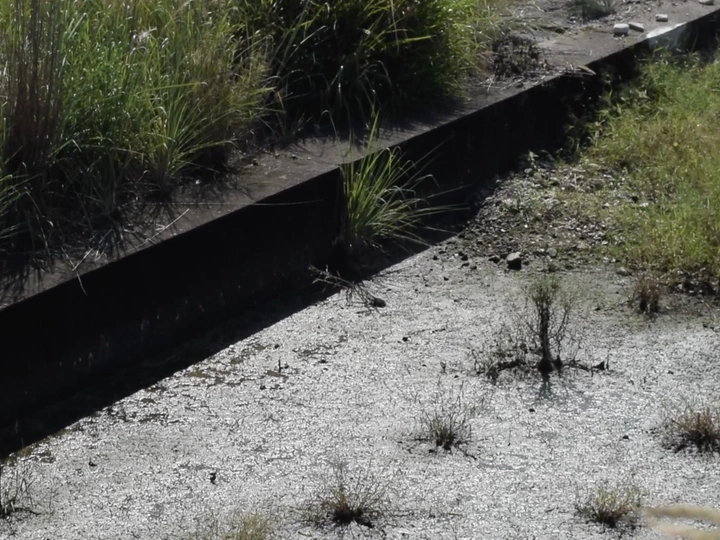Re-Thinking Infrastructure

I studied architecture at the University of the Arts in Berlin and Glasgow University of the Arts. For my master (Dual Degree Architecture and Urban Design, TU Berlin + Tongji University, Shanghai, Graduation June 2024). I am currently in Shanghai, working on the topic of Interspecies Encounters at small-scale water-related Infrastructure at the Urban-Rural Interface. In the last years, I have been working both, on a rather practical and architectural scale (freelance and employed in architectural offices) and theoretical / curatorial (Fellow at ARCH+, Editor at Protocol http://protocol-magazine.de). Alternating between media and my personal role as a practitioner or curator/editor is a fertile way of linking research to practices for me, which I would like to continue after my studies.
With this proposal, I would like to follow on from the topic of my Master's thesis, in which I mainly dealt with the role of water in the integration of non-humans into daily life human practices at the urban-rural interface. In addition to texts, a design toolkit and architectural drafts were created as part of this work. In August, I will have the opportunity to test the toolkit prototypically as part of a residency. In addition to this “hand-on” work, I would very much like to expand the perspective on the topic to a larger scale. The LINA Open Call would be a unique opportunity for this.
The term Infrastructure refers to the fundamental physical and organizational structures and facilities essential for the functioning of a society and the support of human existence. It encompasses public systems and services designed to ensure the provision of essential amenities („Daseinsvorsorge“ – public amenities, literally translated as: provision for being).
Currently, we find this system in crisis, as certain aspects seem to deprive us of our basic needs rather than fulfill them. One could argue that this is due to forgotten responsibilities (Donna Haraway), leading to a crisis of interspecies interaction: Entities hidden in plain sight are affected, but often not considered in planning.
Although awareness is increasing, a real paradigm shift has not yet happened. This is mainly due to the highly specialized nature of infrastructure planning (e.g. hydrologists who only look at water systems or an energy sector that focuses exclusively on energy production). However, the issue is often more complex and in some cases ambivalent: one example of this is the expansion of wind turbines, which on the one hand supply green energy and at the same time disturb local biodiversity. This industrial-ecological conflict is often overlaid with political-social dimensions, in this case, for example, right-wing forces that rail against seemingly left-green ideologized policies with reference to the loss of biodiversity.
With the idea of the Third Landscape, Gilles Clément provided us with a valuable concept, which can serve as a guiding rail in this discussion towards a more empathetic living together within and among species, by highlighting existing fertile interspecies communities. Reflecting on this, this proposal asks:
How can we reframe our understanding and planning of Infrastructure, extending its function to serve an interspecies public, accepting the multifaceted entanglements of social, ecological and technological networks?